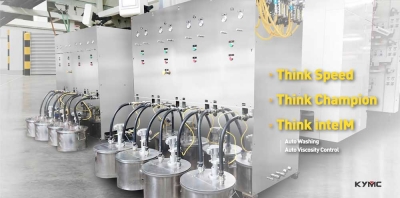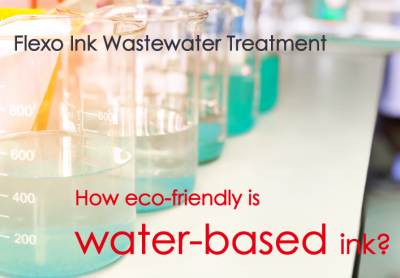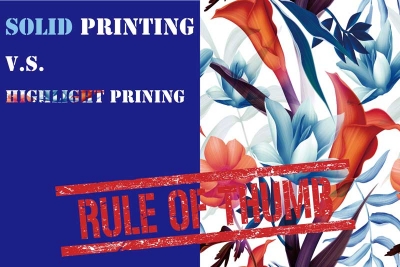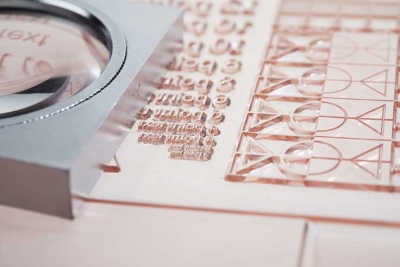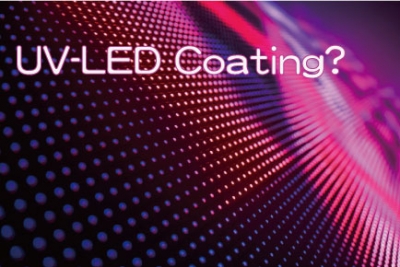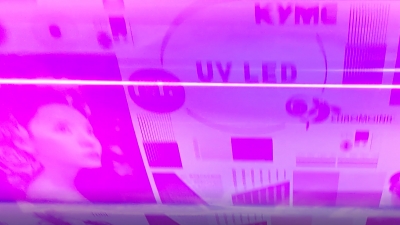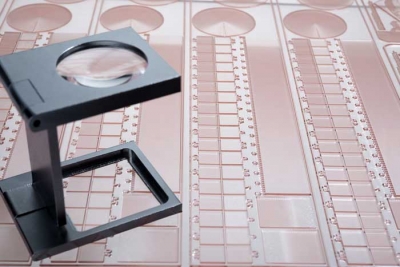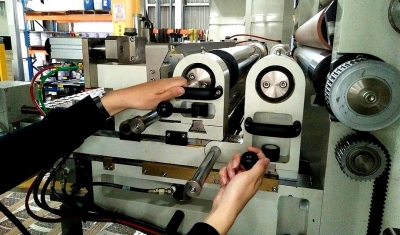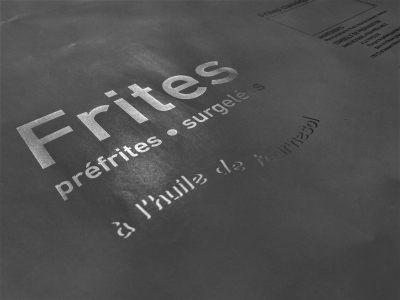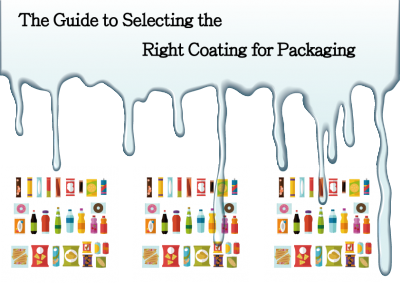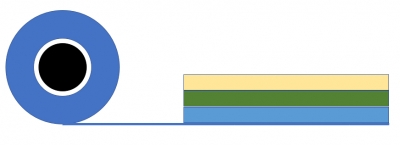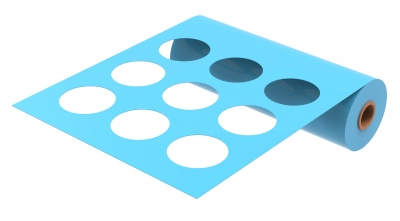Technical
| 標題 | 圖片 |
|---|---|
July 30, 2021 | Daywey Chen
The flexographic printing presses of today are a piece of high-tech machine. This includes equipping with technologies such as 100% inspection system, auto impression, auto registration, auto edge guide, NIR drying system, industry 4.0 data collection and analytics functions…etc. However, many printers are still using the most primitive way to control one of the most important factors in flexo printing: ink viscosity. When it comes to measuring the ink viscosity. Many printers have remained holding a Zahn cup in one hand and a stopwatch in the other. To depend on one’s visual to gauge the amount of time it takes for the ink to drain from the Zahn cup.
Why is an accurate ink viscosity crucial? How to effectively control the ink viscosity? The types of viscometers available to measure viscosity will be discussed.
Why is an accurate ink viscosity crucial? How to effectively control the ink viscosity? The types of viscometers available to measure viscosity will be discussed.
May 19, 2021 | Daywey Chen
Yes, when compared to solvent-based ink, water-based ink emits much fewer VOCs into the air making it more eco-friendly. However, this doesn’t mean that during production one can just wash up the ink waste and simply let it go down the drain. The wastewater from water-based ink contains pigments, dynes, vehicles, auxiliary solvents, and additives that are harmful to the environment. Water-based ink is better, but it is not perfect. The wastewater needs to be treated before it can be discharged. In this article, we are going to explore two different wastewater treatments used in practice which are chemical treatment and electrolysis treatment.
May 13, 2021 | Daywey Chen
Flexo printing is about a combination of factors working together in harmony to reach an optimal printing result. To many, there are just too many factors to consider, making the process complicated and hard to master. For this reason, it has scared off many printers and converters in attempting flexo printing. Yes, there are many factors to consider. However, there is always a general rule of thumb. As long as one gets familiar with the rule of thumb and follows it through, one wouldn’t sway too far away from a decent flexo print. Today, we are going to discuss the general rule of thumb for printing solid versus printing highlights.
April 23, 2021 | Daywey Chen
What is the definition of a perfect flexo plate? Well, this really depends on what you are going after? Are you going for the best possible image quality possible? Are you looking for the lowest cost plate? Are you looking to print images with lots of highlights? Are you looking to print images with lots of solid areas? A perfect flexo plate really depends on your requirements. In this article, we are going to look into the different metrics that you should consider when seeking and designing a flexo plate for your production. These metrics include 1. Line screen level 2. Flat top dots 3. Plate hardness 4. Plate duration 5. Micro Screening Plate 6. Plate surface tension.
March 17, 2021 | Daywey Chen
There are several purposes of coating over a print. To provide a protective layer over the print, or to provide a separation layer between the packaging and the product. To help to keep the product fresh. To enhance the graphical image, helping the brand stand out from the crowd. If you are already using UV coating, or if you are a high coating usage user, then you consider the UV-LED coating methodology. There are several advantages to the UV-LED coating that sets it apart from UV coating. Let’s look more deeply into it through its technical properties and environmental impact.
March 8, 2021 | Daywey Chen
As technology advances printers from the flexible packaging industries are provided with more choices to select from. Inks and their drying methods are among one of the categories where printers have gain access to a variety of selections. The solvent-based ink, water-based ink, UV ink, EB ink…etc. Today we are going to discuss about UV-LED and its curing(drying) method. To explore the benefits and at the same time its disadvantages so that printers can obtain an unbiased review on the UV-LED technology. Advantages: leveraged operation efficiencies, increase business opportunities, higher print quality, more environmentally friendly. Disadvantages: higher cost, shorter ink shelf life.
February 17, 2021 | Daywey Chen
Currently, rotogravure is a more widely adopted printing process in the East. Due to environmental issues and production efficiency requirements. Many printers and converters are switching from the Rotogravure over to the Flexographic printing process. However, one of the biggest obstacles that are preventing the switch is the print quality. Rotogravure has been known to produce high quality prints easily. Traditionally, flexography is unable to match the printing quality of the rotogravure. But as flexography matures and advances, the quality gap between the two is closing up. To produce a good quality print in flexographic printing, one must first obtain a suitable flexo plate and anilox combination. A suitable combination will allow for high quality flexographic print to match the quality of the rotogravure print.
January 26, 2021 | Daywey Chen
Investing in the flexographic press is the easy part. The hard part is to get the flexographic press up and running. How to get the press operational? In this article we will be discussing the main steps in setting up a wide web flexographic press. This includes: Job Verification, Print Deck Planning, Selecting the Anilox and Plate, Doctor Blade Setup, Ink pH and Viscosity Setup, Ensure Sufficient Dyne Level and Other Pressrun Checks...
December 11, 2020 | Daywey Chen
Different coating methodologies serve to meet different purposes in packaging. There are lots of options for standard and specialty finishes. This can be confusing and overwhelming for many. In this guide, you learn how to choose the right coating based on the compatibility with your overall packaging specification such as the substrate used, the design requirements, and the budget constraint.
November 16, 2020 | Daywey Chen
The purpose of the laminating process is to produce a final flexible packaging with enhanced barrier properties, appearance and strength. Therefore, it can be applied to any applications that are looking for enhanced barrier properties, appearance and strength. Typically, lamination is found in an application where the product needs the packaging to extend its shelf life and to keep it fresh. A common application is the food industry...
November 5, 2020 | KYMC Marketing
It’s all about the application! Now, there is a better way to produce window packaging, modified atmosphere packaging (MAP) and easy-tear stripes on the packaging. By better, we mean greater flexibility, greater accuracy, faster, less waste, and less maintenance. KYMC is working with laser solution providers to provide our customers with the capability to meet the market application needs in a better way.
























